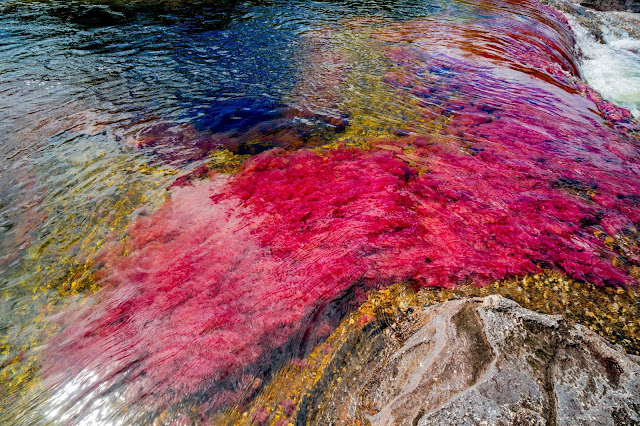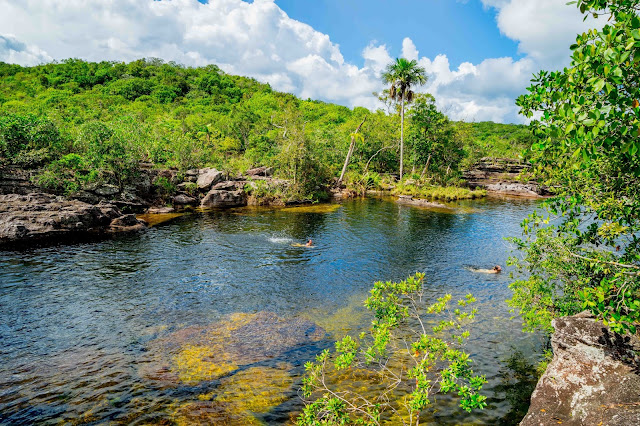I feel free! My first thoughts when Brandon and I hit the open roads of this small yet adventure packed country. We had a full two months to explore the area, in our BRAND NEW (ly used) 1993 Mazda Bango camper van.
__
New Zealand has been on our radar since before we started traveling. We always imagined ourselves buying a camper van, and using that to work our way around the country. Upon arriving we didn't know where to begin. We had never purchased a car in the States, let alone a different country. So the search began.
We named her "The Juicebox."
The very first van we looked at we purchased after one quick test drive around Queenstown. We were off without a care in the world. Best to not waste time looking right? We knew we got a deal. A perfect set up with a beautifully organized kitchen containing everything we need to cook, small compartments for our clothes, a large compartment for our backpacks and boots just beneath the bed, and a long shelf behind the front seats for easy access to important things like our camera, thermos, and books. It has hooks to hang our hats on, a table that can be set up for dinner or playing cards, and curtains on all windows for evening privacy. We bought christmas lights and some decorations, and transformed it into our new home. We were loaded, and ready for the road ahead of us- tramping, snorkeling, sightseeing, rafting, simply adventuring, that's what we do best.

Our first few days on the road we were hooked. While it didn't drive fast, we weren't in a hurry, in fact it was nice to slow down... wayyyyy down. We keep her at a constant 60 km per hour and we've detoured a few mountain passes, just in case we wouldn't make it up. But she was ours, our first car purchase, our first home purchase.
We headed to the southern part of NZ to start our first trek. Enjoying the drive and making numerous stops along the way; it was our first taste of what life would be like for the next two months. We camped near the trailhead and a trout filled river and meandered on the riverbed until dark, throwing a few flies, and gazing at the dynamic mountains.
Episode 1:
After 4 days on the trail we were ready for a hot shower and some home cooked burgers. We unload our backpacks and threw out trash, hung up wet clothes, and tried to make space for a fellow hiker that needed a lift. With everything loaded, all three of us hop into the van. Click. Click. Battery dead. Did we leave the lights on? Maybe a door open? Meanwhile our hitchhiker is asking, how long we've had the van, and if we took it into the shop before we purchased it. Not helping I think to myself; the questions continue.
It only took about 20 minutes before our first Juicebox angel showed up at the trailhead to save us. Failing to be equipped with jumper cables, our angel pulls some out of his back seat, hooks up the batteries, and gets the van to turn over. Two more times our battery died after leaving it for more than a day, and both times we were rescued. Time for a new battery
Episode 2:
Christmas Eve we arrive to the city of Dunedin. Splurging on a Bed and Breakfast for a relaxing Christmas in (and of course wifi, and a tv) we pull into the local hardware store to buy a new battery. This has to solve the problems. We chat with one of the salesmen, and he recommends bringing it to an auto mechanic before we simply purchase the battery. It may just be something different he tells us. Instead we make a quick purchase of jumper cables, and head back to the van in hopes of finding a shop. The car turns on and immediately a harsh buzzing sound screams from the engine. Panic sets in and we evacuate. Brandon turns the van off and yet the sound continues. I run across the street to an auto shop, Brandon keeping watch to ensure there's no explosion, fire extinguisher in hand. Auto shop closed.
Next door I see someone closing up an oil change shop. He listens to my story, and exclaims "Shops'll all be closed now, don't open back up until the 4th of January for holiday." (That's 10 days!) Desperate for help, I frantically explain that I can't wait that long, my van is my home, and I'm stranded in a hardware store in the middle of the city! Another worker comes over and offers to drive me to a shop. I hop in the mini cooper and he speeds to as many repair shops as he can find. All closed. We drive back to the van, and he takes a quick glance at it. The sound now thankfully has stopped and the man uses some device and determines it's not the battery after all, but the starter. Nothing he can do unfortunately but at least we have some idea of what's going on. We say thank you for his help and he disappears. Both of us in shock by the generosity of the Kiwis on Christmas Eve of all days.
Not more than 15 minutes later he shows back up and announces his friend Scott is on his way with a tow truck to fix the car. He called around, found a used starter, and it will be fixed tonight-- Juicebox angel #2.
Episode 3:
With a new starter and a battery that is now fully charged we head to the market to load up on Champaign, cheese, and Christmas goodies. It is time to celebrate. The dead battery mystery has been solved, and the Juicebox is running. Full of groceries, and on a high from our luck, we get back in the van and turn the key. The engine starts up. Brandon reaches for the gear stick to reverse out of our spot, and nothing happens, we're now stuck in park. 7pm on Christmas Eve.
We call Grant (another worker from the auto mechanic shop) and ask him what we should do. "I'm on my way," he replies. Within 30 minutes Grant rips apart our gear box and begins an evaluation. He checks fuses, wires, and too many other things that I can't even begin to describe. He finally determines we have an electrical problem, yet again, a problem, and shows us how to manually get in and out of park. Wondering what the bill for this will be as we've taken over an hour of his time, he stays to chat for a bit and finally says Merry Christmas and walks away- Juicebox angel #3.
Episode 4/5:
Ever run out of gas? We have, twice. The first time I'd like to think it wasn't our fault as we had just enough gas to make it to the closest station. After touring around an area called the Catlins for the few days following Christmas, it was time to fuel up and head to our next location. We arrive at the small town station just before we run out of gas, grab an ice cream cone, and see the dreaded sign.. Closed for the holiday. Of course it is. We get back in the car and hope to make it the additional 10 miles to the closest town with gas. Slowly our car comes to a halt as we run out of gas just under three miles from our destination. Still enjoying my enormous ice cream cone, I chuck it in the grass, get out of the car and throw out our thumbs. Sure enough two cars stop almost simultaneously. The first, a group of Chinese tourists, who don't have room in their car but nearly step out in the middle of the road to stop traffic for us. The second car, and our fourth juicebox angel had one liter of gas with him. He pours it in our tank, our van barely turns over and he follows us to the station just to be sure the liter would be sufficient.
__
Despite the many unfortunate events we've had with the Juicebox, the pros by far outweigh the cons. My day always starts with a strong french press delivered in bed as Brandon wakes up just before me and prepares it. I set up the van for the day by taking down the planks that the mattresses lay on, and putting together the table. We make eggs and hash browns, or pancakes, or nutella and banana toast for breakfast, and we take off for the day to find the next adventure. The best part is we are never at the mercy of a bus schedule anymore; we stop and go as we please and we've trekked nearly 200 kilometers since we've arrived. And last night we pulled off the road just as the sun was setting, and watched as the tiny penguins waddled their way onto shore. Such surprises around every corner.
__
As for "The Juicebox" to be determined if she will make it through these next few weeks. Fingers crossed.





















































